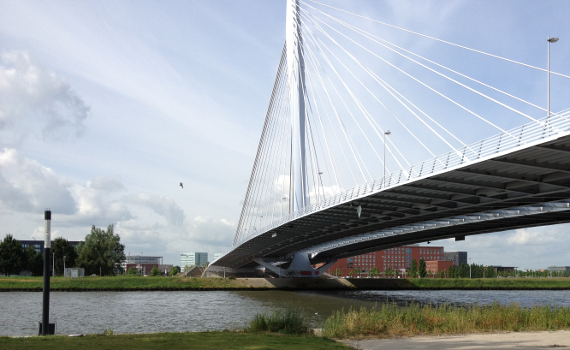The built environment must be accessible for desired and intended use and, where necessary, inaccessible to undesirable and unintended use. The accessibility of public space is largely determined by the design of the urban grid. It is about the accessibility ie the ease with which public spaces – such as streets, parks, squares and (back) allays – can be accessed, used, and leaft. How easy do you get somewhere and wat is the probability you meet someone.
A street or neighborhood that is easily accessible, is generally busier than a street or neighborhood that is less accessible. And when it comes to social safety, the rule applies: more people on the street = more eyes on the street = more social control ‘.
In calculating this accessibility, one often distinguishes the accessibility of neighborhoods, streets or street segments on municipal level and local accessibility. Accessibility on city level refers to the accessibility from the city as a whole. Local accessibility refers to the accessibility from the surrounding area. Good accessibility on both urban and neighborhood level provides more mixed use of the public space. The chances are bigger that you will encounter both residents, visitors and passers-by.
